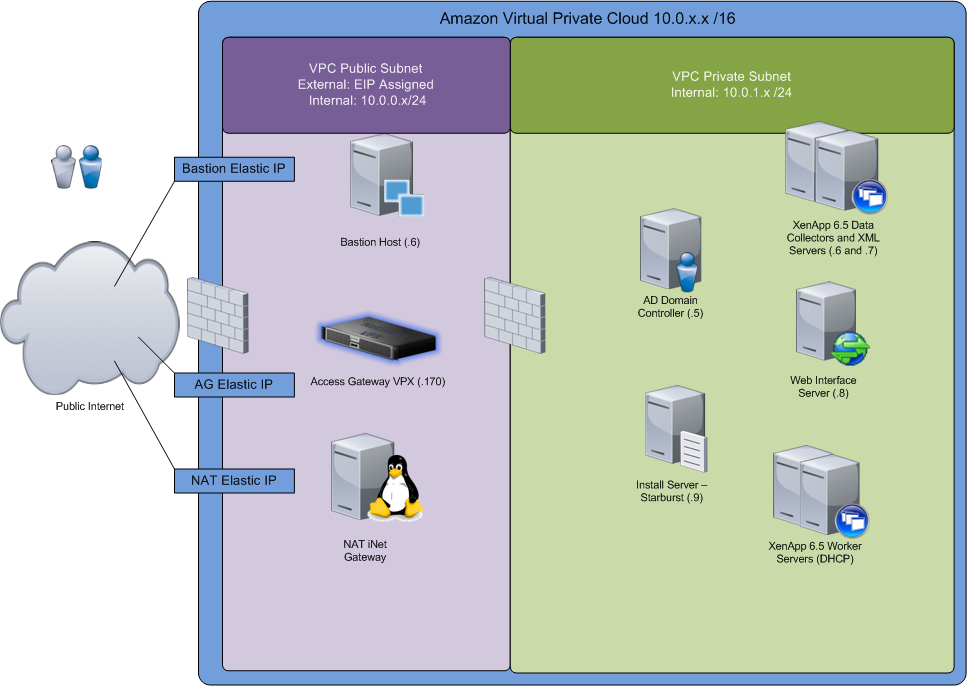Citrix Xenapp Server

XenApp and allow IT departments to centrally manage Windows applications and computing resources in a secure. Users can access the Citrix XenApp applications from anywhere and from non-Windows clients. A XenApp environment consists of three parts:. A multiuser operating system: Microsoft Windows Server with the feature allows multiple users to independently access a server. Users can connect to individual Citrix XenApp applications or session-based desktops. XenApp software: XenApp extends the Remote Desktop Services applications and desktops to client devices via the.
HDX provides remote display capabilities, multimedia redirection, USB redirection and a variety of other capabilities, depending on the client device. devices: Citrix XenApp applications and sessions can be accessed by endpoint devices using a software client called. Receiver is available for a very large array of client form factors and operating systems. Citrix XenApp versions.
Previous Citrix XenApp versions went by the names, MetaFrame XP, MetaFrame Presentation Server and Presentation Server. MetaFrame hit the market in 1998; its predecessor, WinFrame, debuted in 1995.
The product received its current name in 2008, following Citrix's acquisition of XenSource. Today, there are multiple Citrix XenApp editions available, each with different features and prices. Edition names include Citrix XenApp Fundamentals, XenApp Advanced, XenApp Enterprise and XenApp Platinum. What does Citrix XenApp do? There are several different reasons organizations choose to deploy XenApp, including the following:. Security: Citrix XenApp applications live in the data center, where IT can better protect them.
Install the IBM Sametime client on your Citrix XenApp servers as you would any other application. The Sametime client can be published as an application.
Because the applications don't live on the endpoint, no data is at risk when a device is lost or stolen. Support for remote and mobile workers: IT can centrally manage Citrix XenApp applications, even when workers are distributed.
PC refreshes and operating system upgrades: Users can continue to access their Citrix XenApp applications as usual when they get new PCs or migrate OSes. Previously, IT had to reconfigure and redeploy the applications to each new or updated machine.
